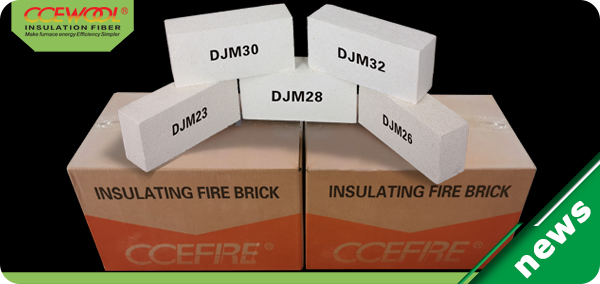The production method of light insulating fire brick is different from that of ordinary dense materials. There are many methods, like burn addition method, foam method, chemical method and porous material method, etc.
1) Burn addition method is adding combustibles that are prone to burning out, such as charcoal powder, sawdust, etc., to the clay used in brick making which can create certain pores in the brick after firing.
2) Foam method. Add foam agent, such as rosin soap, into the clay for making bricks, and make it foam through mechanical method. After firing, porous products can be obtained.
3) Chemical method. By utilizing chemical reactions that can appropriately generate gas, a porous product is obtained during the brick making process. Usually using dolomite or periclase with gypsum and sulfuric acid as a foaming agent.
4) Porous material method. Use natural diatomite or artificial clay foam clinker, alumina or zirconia hollow balls and other porous materials to produce lightweight fire brick.
Using light insulating fire brick with low thermal conductivity and small heat capacity as furnace structure materials can save fuel consumption and improve furnace production efficiency. It can also reduce the weight of the furnace body, simplify the kiln structure, improve product quality, reduce environmental temperature, and improve labor conditions. Lightweight insulating fire bricks are often used as insulation layers, linings for kilns.
Post time: Aug-02-2023


